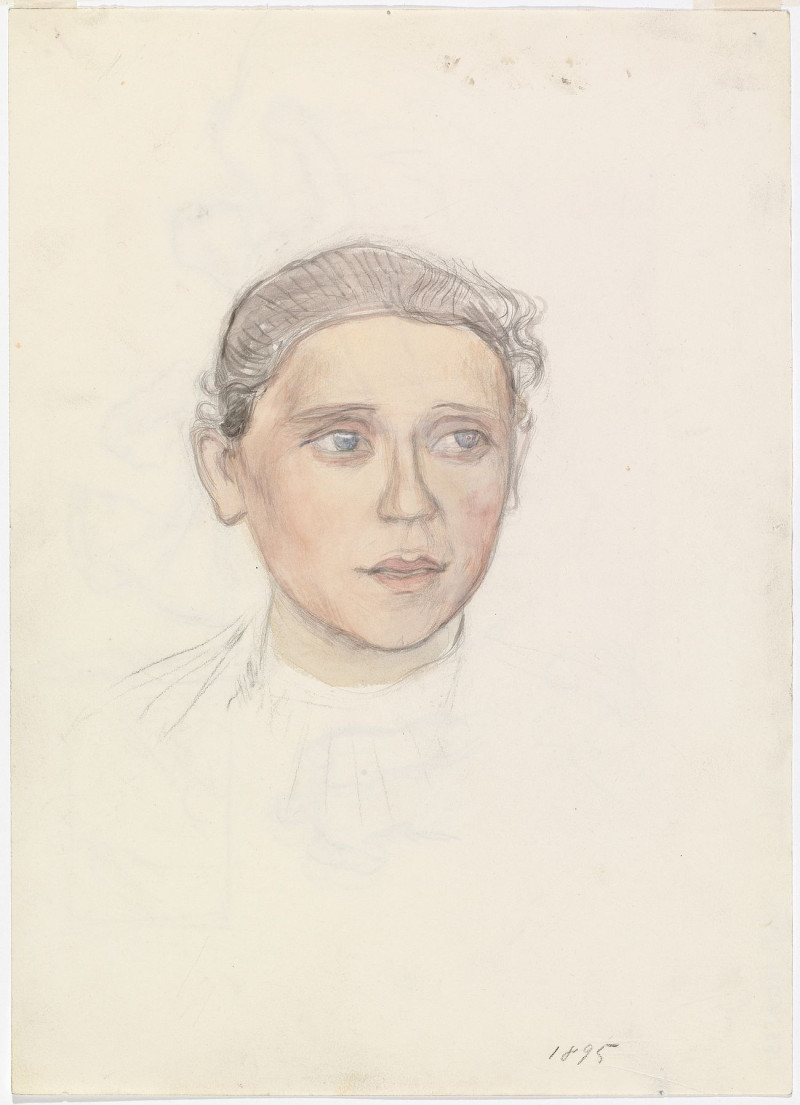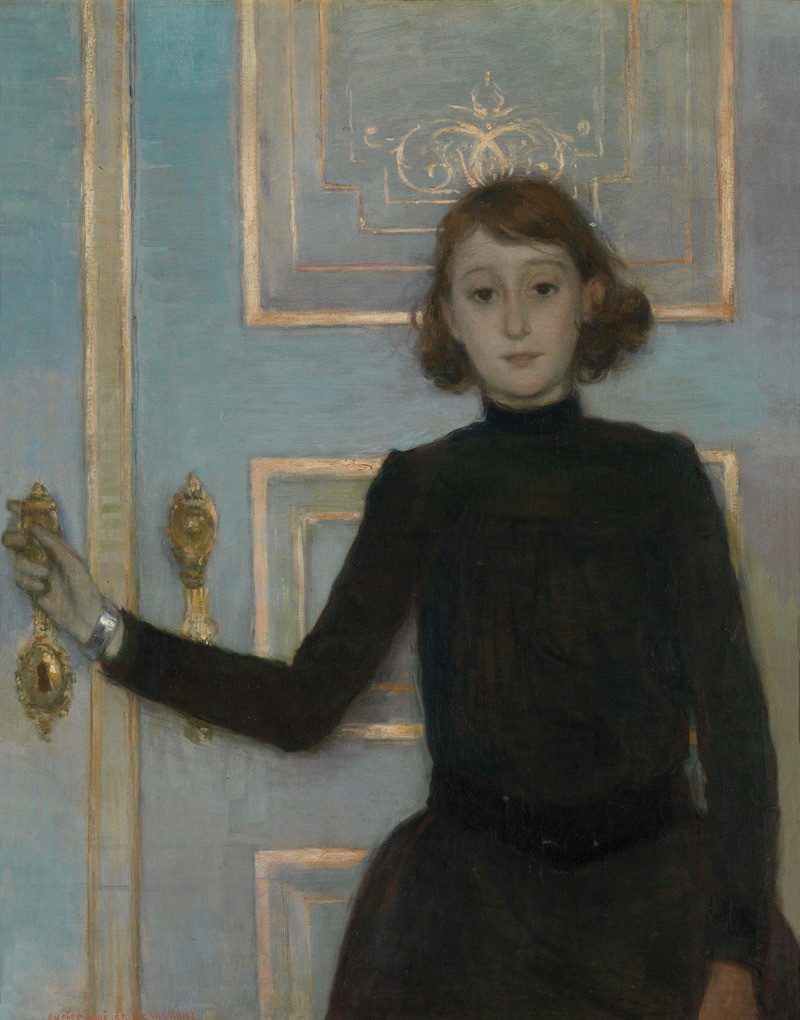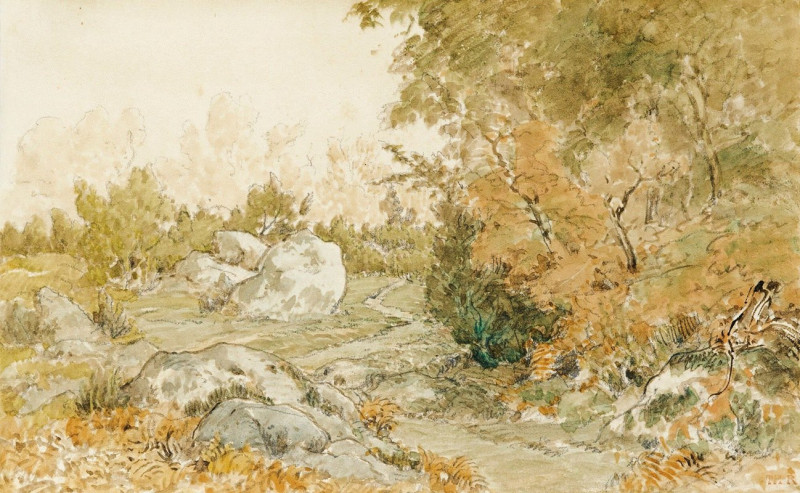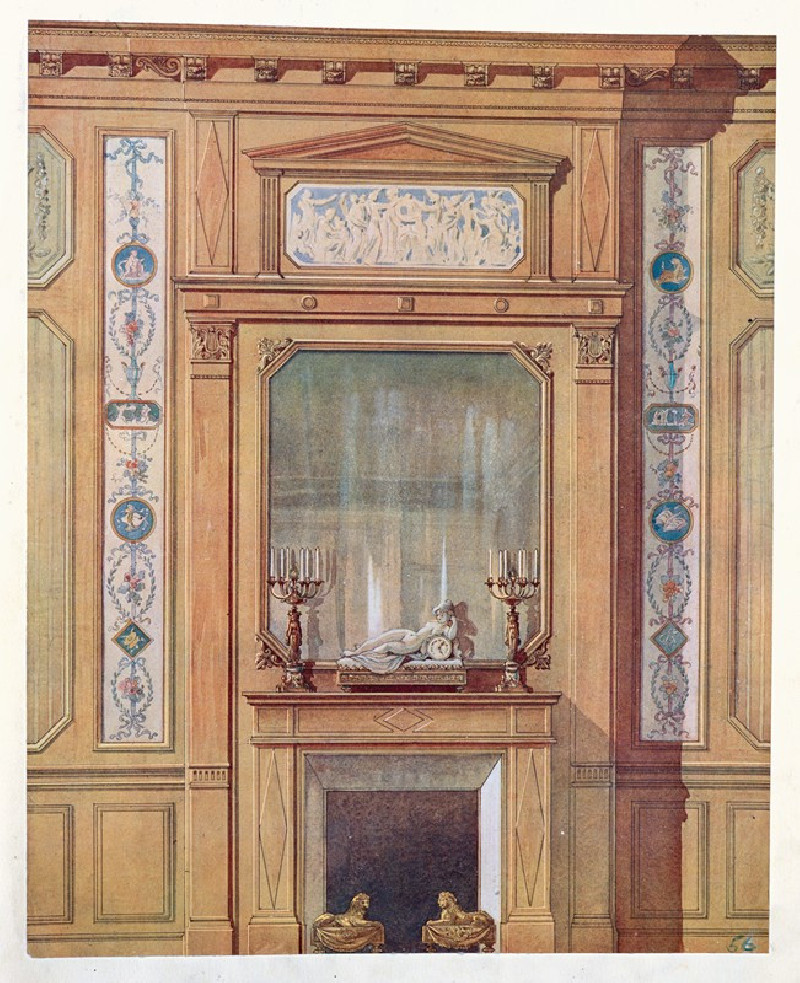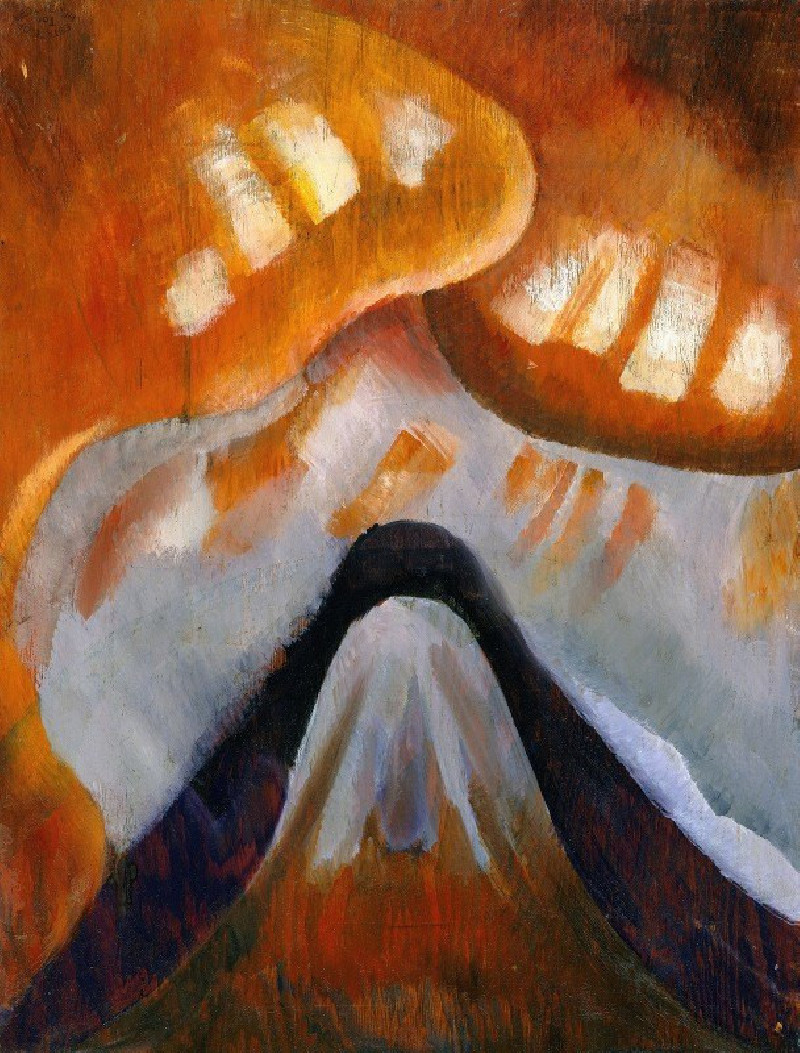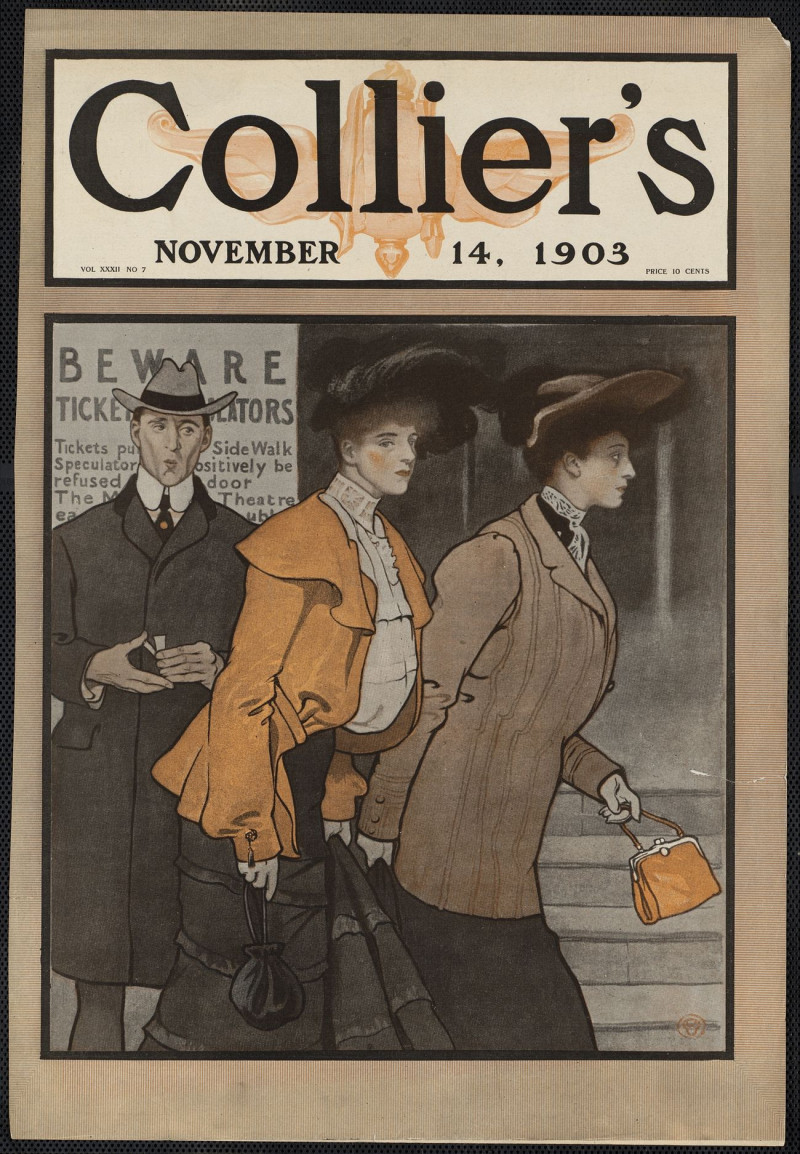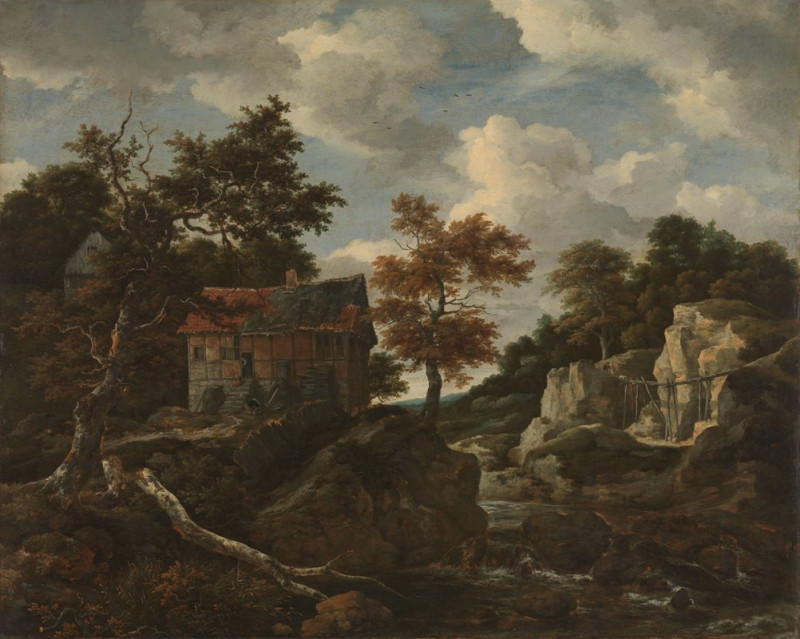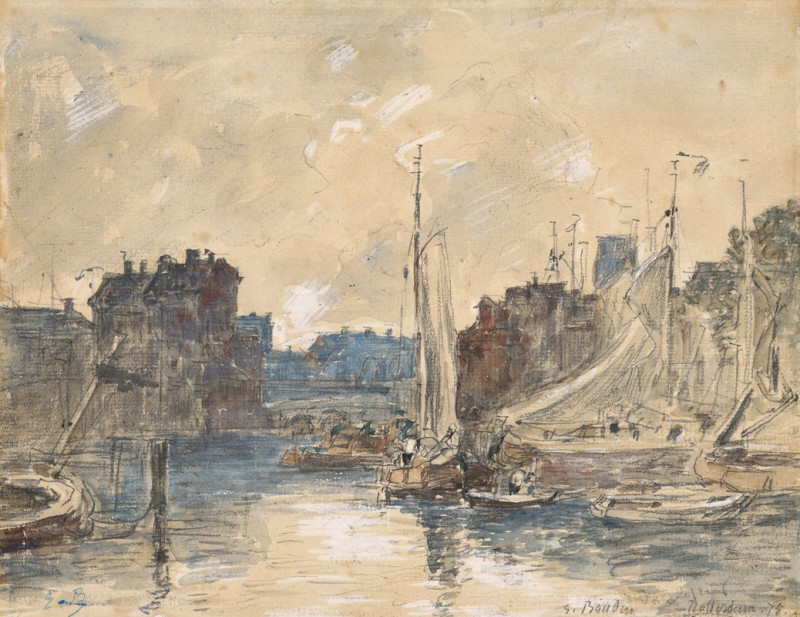Kirchner und Dodo im Café (Dresden) (1906)
Technique: Giclée quality print
Recommended by our customers
More about this artwork
Within the vivid strokes of "Kirchner und Dodo im Café (Dresden)," a masterful creation by the German Expressionist Ernst Ludwig Kirchner, we are drawn into a moment of compelling intimacy and introspection. In this artwork, Kirchner captures himself and his companion, Dodo, enveloped in the ambient tranquility of a café setting.The painting is crafted with passionate textures and dynamic colors, signature qualities of Kirchner’s early works. The figures are enclosed in a cacophony of vibrant, chaotic lines suggesting the bustling energy of a café, yet simultaneously offering a glimpse of personal solitude. Kirchner’s use of perspective and the raw, expressive color palette emphasizes the emotional undercurrents running between the characters and their surroundings.On the left, the artist portrays himself with a somewhat abstracted profile, his face turned away from the viewer, lost in thought or conversation. The colors of his outfit and his surroundings blend, suggesting a harmonious existence within this social sphere. On the right, the face of Dodo, though partially obscured and rendered in softer, less defined lines compared to Kirchner, adds to the mystique and depth of the interaction.The painting not only reflects the personal life of the artist but also serves as a historical glimpse into the café culture of Dresden in 1906, underlining the societal and artistic ferment of the time.
Delivery
Returns
Ernst Ludwig Kirchner (1880–1938) was one of the most important German Expressionist painters. He was a co-founder of Die Brücke, a group of German expressionist artists formed in Dresden in 1905. Die Brücke and Kirchner took inspiration from Vincent Van Gogh and Edvard Munch, as well as African and Oceanic art. They used woodblock printing as a medium to showcase their signature style: flat, unrealistic images with vivid colors. The recurring themes in Kirchner's artworks included exotic cultures, faraway landscapes, self-portraits, dancers and Berlin street life. His paintings and prints effectively portrayed non-European cultures despite the fact that he never traveled outside of Europe.


































